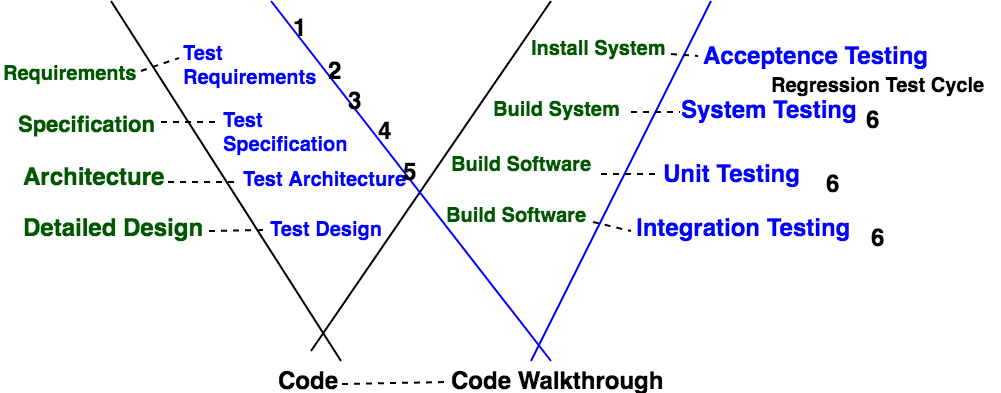W-Model – Software Engineering
Last Updated :
09 Jan, 2024
Paul Herzlich introduced the W-Model in 1993. W-model is the most recent software development model where we start real testing activity simultaneously software development process. Where software development process is a method in which a software or product is made through various stages of planning, development, and testing before the final software or product is delivered. testing is such a stage that is extremely crucial to ensure the delivery of an optimum quality product.
- V-model and W-model are two of the most important models that are used in software testing.
- W-Model covers those activities that are skipped by V-Model and also, it deals with problems that couldn’t be caught by V-Model.
- W-Model approach attempts to address and tackle the shortcomings W-Model approach attempts to address and tackle the shortcomings of V-Model.
- W-model can be done only once the development of the product is complete with no modifications required to be done in between. This type of testing is most suitable for short projects.
- With the help of W-Model, we ensure that the testing of the product starts from the very first day of the inception of the product, and each phase of the product development is verified and validated.

W-Model
Phases of W-Model
Each phase is verified/validated. Dotted line shows that every phase in green is validated/tested through every phase in sky blue. Now, in the above figure,
- Point 1 refers to – Build Test Plan & Test Strategy.
- Point 2 refers to – Scenario Identification.
- Point 3 refers to –Test case preparation from Specification document and design documents.
- Point 4 refers to – Test case preparation from Specification document and design documents.
- Point 5 refers to – review of test cases and update as per the review comments.
- Point 6 refers to – Various testing methodologies such as Unit/integration testing, path testing, equivalence partition, boundary value, specification based testing, security testing, usability testing, performance testing.
- After this, there are regression test cycles and then User acceptance testing.
Testing Techniques Used in W-Model:
- Regression Testing
- Static Testing:
Static Testing is further divided into two parts:
(a) Review
(b) Static Analysis
(c) Dynamic Testing
Advantages of W-Model:
- In W-Model there is no strict division between constructive tasks on the left-hand side and the more destructive tasks on the right-hand side.
- During the test phase, the developer is responsible for the removal of defects and the correction of the implementation.
- Emphasis the fact that testing is more than just construction, execution and evaluation of test cases.
- The importance of the tests and the ordering of the individual activities for testing are clear.
Disadvantages Of W-Model:
- The real facts are simplified in this model.
- There is a need for a simple model if all people involved in a project are to accept it.
- For highly critical applications the test activities certainly have higher weighting or at least equal weighting with other activities.
Share your thoughts in the comments
Please Login to comment...